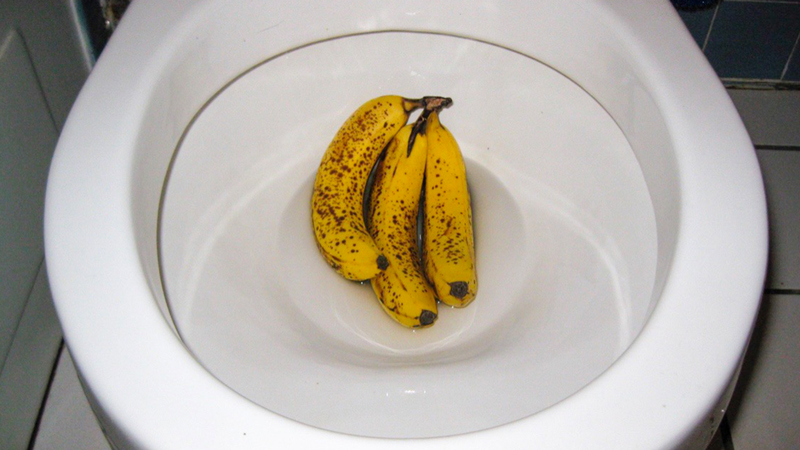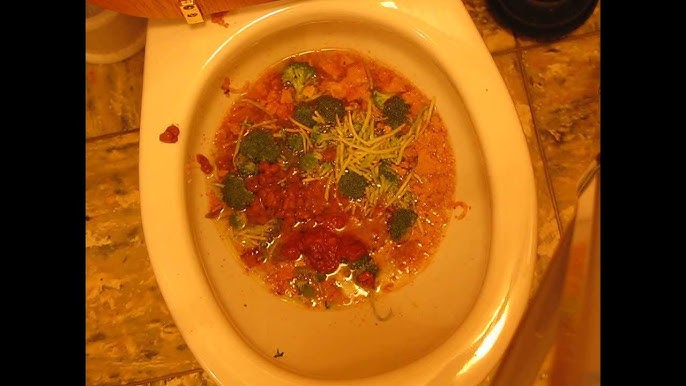Are You Permitted to Dispose of Food Waste in the Toilet?
Are You Permitted to Dispose of Food Waste in the Toilet?
Blog Article
What are your thoughts and feelings about Think Twice Before Flushing Food Down Your Toilet?

Introduction
Lots of people are often faced with the predicament of what to do with food waste, particularly when it concerns leftovers or scraps. One common question that develops is whether it's alright to flush food down the commode. In this write-up, we'll delve into the reasons that people may think about flushing food, the effects of doing so, and alternate methods for proper disposal.
Reasons why individuals could think about flushing food
Absence of understanding
Some individuals might not be aware of the potential damage brought on by flushing food down the bathroom. They might mistakenly believe that it's a harmless practice.
Convenience
Purging food down the bathroom may seem like a fast and easy option to throwing away unwanted scraps, especially when there's no neighboring garbage can offered.
Negligence
In some cases, people might just pick to flush food out of sheer idleness, without taking into consideration the repercussions of their activities.
Consequences of flushing food down the commode
Ecological effect
Food waste that winds up in rivers can add to contamination and injury marine ecosystems. Furthermore, the water utilized to flush food can stress water resources.
Plumbing issues
Flushing food can result in stopped up pipes and drains, triggering costly pipes repairs and hassles.
Types of food that should not be flushed
Coarse foods
Foods with fibrous structures such as celery or corn husks can obtain entangled in pipelines and trigger blockages.
Starchy foods
Starchy foods like pasta and rice can take in water and swell, bring about obstructions in pipelines.
Oils and fats
Greasy foods like bacon or cooking oils ought to never be purged down the bathroom as they can strengthen and trigger blockages.
Appropriate disposal methods for food waste
Making use of a garbage disposal
For homes geared up with waste disposal unit, food scraps can be ground up and purged through the plumbing system. Nevertheless, not all foods appropriate for disposal in this manner.
Recycling
Certain food packaging materials can be recycled, decreasing waste and decreasing environmental impact.
Composting
Composting is a green means to dispose of food waste. Organic products can be composted and made use of to enhance soil for horticulture.
The value of appropriate waste monitoring
Reducing environmental harm
Appropriate waste administration practices, such as composting and recycling, assistance lessen air pollution and protect natural deposits for future generations.
Shielding pipes systems
By avoiding the technique of flushing food down the toilet, home owners can avoid expensive pipes repairs and maintain the stability of their plumbing systems.
Final thought
To conclude, while it may be appealing to flush food down the commode for convenience, it's important to understand the possible repercussions of this action. By adopting correct waste administration practices and disposing of food waste sensibly, individuals can add to much healthier plumbing systems and a cleaner environment for all.
FLUSH FOOD DOWN THE TOILET?
FLUSHING FOOD CAN CAUSE BLOCKED DRAINS IN YOUR HOME
All of the plumbing fixtures in your home are connected to the same sewer pipe outside of your home. This outdoor sewer pipe is responsible for transporting all the wastewater from your home to the Council sewer mains. Even small pieces of food that go down the kitchen sink can cause problems for your sewer. It should therefore be obvious that flushing larger bits of food, such as meat, risks a clog in either the toilet itself or the sewer pipes. Flushing greasy food is even more problematic because oil coagulates when it cools, coating the interior lining of your pipes.
THE TOILET IS NOT A BIN
Food isn’t the only thing that people shouldn’t be flushing down the toilet. People use the toilet to dispose of all kinds of things such as tampons, makeup wipes, dental floss, kitty litter and even underwear. Water goes to great lengths to educate residents about the high costs and stress placed on wastewater treatment systems simply from people flushing the wrong stuff down the toilet. It costs taxpayers millions of dollars each year, and homeowners thousands in blocked drain repairs.
FLUSHING FOOD IS A WASTE OF WATER
Flushing food is a waste of our most precious resource - water. In June this year Level 1 water restrictions were introduced to protect water supply from drought conditions. Much of New South Wales continues to be affected by prolonged drought with recent figures revealing up to 97 per cent of the state remains in drought. Depending on whether you have a single or dual flush toilet, every single flush uses between five and 11 litres of water. In the current climate this is a huge amount of water to be wasting on flushing food that should be placed in the bin (or better yet, the compost).
https://www.jabplumbingsolutions.com.au/blog/can-you-flush-food-down-the-toilet

We were introduced to that report about Is it safe to flush food (especially rice) down the toilet? from a pal on a different website. Do you know somebody who is serious about the niche? Please feel free to share it. Thanks for your time. Come back soon.
Hire A Pro Report this page